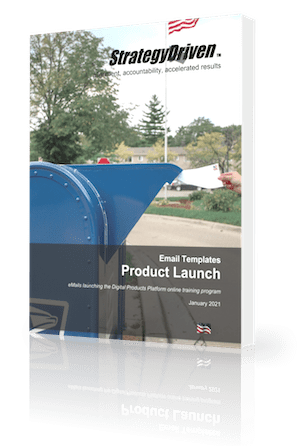Best Practices for Improving Financial Efficiency in Your Organization
In today’s competitive business environment, improving financial efficiency is crucial for the success and sustainability of any organization. Many businesses face challenges in managing their finances effectively, leading to cash flow problems and reduced profitability. However, by adopting certain best practices, organizations can enhance their financial efficiency and ensure long-term stability.
This article will discuss key strategies to help your organization achieve better financial health and competitive advantage in the market. So, keep reading to the end to know where you are lagging. Let’s get started!
Assess Current Financial Practices
The first step toward improving financial efficiency is to conduct a comprehensive financial health check-up. This involves analyzing your current financial statements, budgets, and cash flow reports. By examining these documents, you can gain insight into your organization’s financial performance and identify potential areas for improvement.
Once you have a clear picture of your financial health, it’s crucial to identify areas of inefficiency. Look for processes that consume excessive time or resources without yielding significant returns. Common inefficiencies may include outdated billing practices, slow invoice processing, or unclear financial reporting systems. Addressing these areas can lead to significant improvements in your overall financial efficiency.
Streamline Processes
Streamlining financial processes is another effective way to enhance efficiency. One of the most impactful steps you can take is to automate financial reporting. Automation reduces the risk of human error and allows for faster data analysis. Many software solutions are available that can generate financial reports in real time, providing you with up-to-date insights into your organization’s financial status.
Additionally, using software for budgeting and forecasting can improve accuracy and save time. These tools can help your organization create more reliable budgets by analyzing historical data and predicting future trends. Automating these processes frees up valuable time for your finance team to focus on strategic initiatives rather than manual data entry.
Enhance Cash Flow Management
Effective cash flow management is crucial for any organization striving for financial efficiency. Implementing stricter credit policies can help ensure timely payments from clients. Review your credit terms and assess whether they align with your cash flow needs. Consider conducting credit checks on new clients to mitigate late payments or default risks.
Optimizing inventory management is another key component of cash flow management. Excess inventory ties up cash that could be better utilized elsewhere.
Alongside these strategies, paying attention to the supply chain finance can significantly enhance your cash flow management. This involves leveraging science-driven, AI-powered supply chain analytics platforms, which provide insights and tools to help organizations optimize their financial operations.
By utilizing such platforms, businesses can better understand their supply chain dynamics. This enables them to make informed financial decisions that promote overall stability and growth, ultimately enhancing cash flow and ensuring efficient operations.
Organizations can free up working capital and enhance liquidity by improving supplier payment terms and utilizing financing options such as early payment discounts or reverse factoring. Implementing these strategies strengthens supplier relationships and improves overall cash flow efficiency, allowing your organization to invest in growth opportunities.
Invest in Financial Training
Investing in financial training for your staff can yield significant returns. Providing ongoing education for financial staff ensures they remain updated on the latest financial practices, regulations, and technologies. This investment not only enhances their skills but also contributes to the overall financial health of your organization.
Encouraging cross-departmental financial literacy is equally important. When employees across various departments understand basic financial principles, it fosters collaboration and informed decision-making. For instance, marketing teams equipped with financial knowledge can better align their strategies with budget constraints, leading to more effective campaigns.
Regularly Review Financial Performance
Regularly reviewing your organization’s financial performance is vital for maintaining efficiency. Establish key performance indicators (KPIs) that align with your business objectives. KPIs such as profit margins, return on investment (ROI), and liquidity ratios provide valuable insights into your financial health.
Conducting quarterly financial reviews allows you to assess whether you are meeting your financial goals. These reviews should involve comparing actual performance against budgeted figures, analyzing variances, and adjusting strategies as necessary. Regular reviews create an ongoing feedback loop that enables your organization to adapt to changing market conditions and improve financial efficiency over time.
Last Words
Improving financial efficiency is an ongoing journey that demands strategic planning and execution. By adopting these best practices, your organization can enhance financial health and ensure long-term stability. So, take the first step today—assess your current practices, implement the recommended strategies, and leverage technology to optimize your operations.
Thank you for reading! We hope you found this post insightful and inspiring as you work towards achieving greater financial efficiency in your organization.














Leave a Reply
Want to join the discussion?Feel free to contribute!